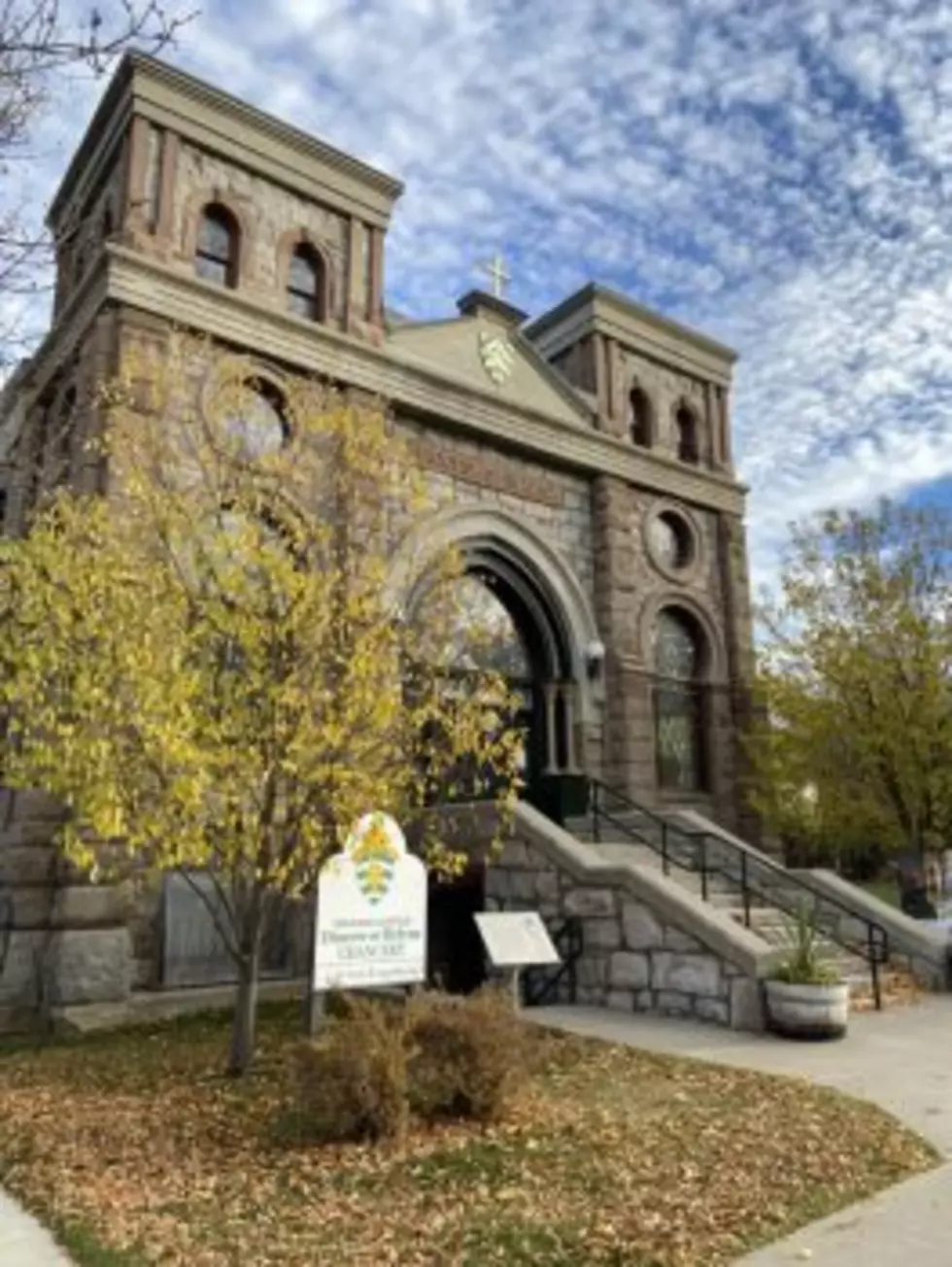
Helena Jewish community looks to reclaim city’s synagogue
Gov. Joseph K. Toole laid the cornerstone of Temple Emanu-el in the Hebrew Year 5651, with throngs of Jewish congregants and curious onlookers during a gray day in the young state’s capital. The synagogue was blessed with a reading from Psalm 100, and the governor hoped the day’s memory would be “as bright as hope.”
Jewish settlers had helped to build different parts of Montana, but their influence in the state’s capital was particularly strong leading to the construction of the imposing and ornate synagogue and its “Moorish” architecture, which featured two cupolas, or “onion domes.”
The cornerstone was laid by Toole, and he and the others believed that event would set the course for the growing Jewish congregation.
“He who lends his hand, his heart or his heritage to the erection of another temple has not labored in vain,” Toole told people who gathered at the intersection of Tenth and Ewing, and the entire speech was recorded and took up three columns of the Helena Daily Independent-Record in 1890.
Now, 132 years later, members of the Jewish community are fundraising to buy back the synagogue and provide a meeting place for the faithful – something that hasn’t happened in nearly a century – and establish the first Jewish Community Center in the state and region.
Without a home for a century
Temple Emanu-el was sold to the state in the 1930s, around two generations after the cornerstone was laid. It became a state building and officials decided the famous “onion domes” were too much of a religious symbol and removed them, but yet kept the stained glass.
The building was eventually sold to the Diocese of Helena, and the Roman Catholic Church has used it for offices since. But as the Diocese moves offices to a different location, the two faiths have brokered a deal to sell the building back to the Jewish community, and hopefully re-establish the presence of a gathering place for the group that often has to travel to Bozeman or Billings to attend religious services.
The fundraising efforts will have to be quick – they’ll need to raise $925,000 by the end of June – but leaders there don’t want to establish a synagogue, rather a multi-use gathering space, a museum and a place to build community.
Rebecca Stanfel, who is part of the Montana Jewish Project, told the Daily Montanan recently that it had already secured its first large (anonymous) donor to help move toward the goal of reacquiring the building, but more fundraising will be needed.
Helena is one of two state capitals that doesn’t have a house of worship or gathering place for a Jewish community, and leaders are looking to change that, especially since Jews were so instrumental in the European settlement of the state.
“There was a Jewish community here, and it wasn’t outback Judaism,” Stanfel said. “Until now, we have had to rent, borrow, find or go to someone’s house. But, when you move to town, how do you find each other?”
The synagogue was reportedly the only one between Minneapolis and Portland, Oregon, in 1890, and the local architects had to study other designs because none had known what a synagogue was supposed to look like. It was to be a “gift to ornament the city we love,” reported news accounts of the time.
The Jewish community in Helena, Stanfel explained, was wealthy and generally sent their children east to be educated and meet other Jewish families. Gradually the exodus to the east resulted in dwindling Jewish numbers in Helena.
When the temple was sold, it was to the state for $1 so long as it served “a good and social purpose.”
In 1981, the Catholic Church bought it for $81,000. As the Diocese of Helena was deciding what to do with the historic building, Stanfel credits Helena Bishop Austin Vetter with making the transition happen.
“His first priority was to return it to Jewish use,” Stanfel said.
Vetter agreed to sell the building, the yard, a parking lot and house there for $925,000 with only $5,000 down. Stanfel hopes other Jewish communities in Montana will help support such a center.
The group has several deadlines, including one in February which will require an additional $45,000 in cash, and a closing date of June 30.
Since Nov. 10, there have been more than 300 donations and more interested people keep responding, but Stanfel notes they’re still a ways off the final goal.
“We really hope people will identify with the project and support the idea of a community center,” Stanfel said.
She said that Jewish families in Montana still face bigotry. There are stories of Jewish kids in high schools who have pennies thrown at them, but she hopes a Jewish Community Center will help educate the entire community and break down cultural barriers.
Stanfel said she is still asked if it’s true that Jews don’t “believe in Jesus.”
“The only way to address that is through education,” Stanfel said.
She hopes there will be spaces for other community organizations that would want to locate offices there to build community, as well as programming that would reach out and invite people in, sharing the history of the Jewish community in Montana.
For his part, Bishop Vetter said that selling the building and land back is just “common courtesy.”
“If the diocese was sold, we would want the opportunity to buy it back,” he said. “This is what ecumenicism and dialogue should look like.”
